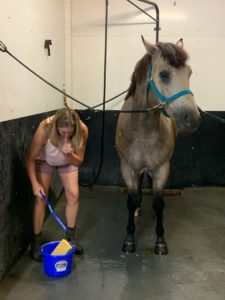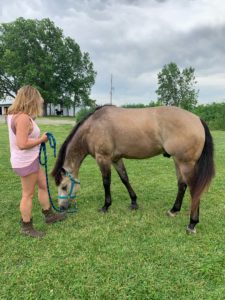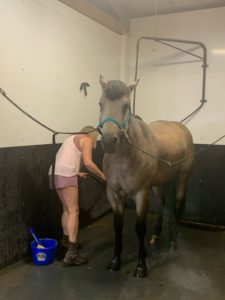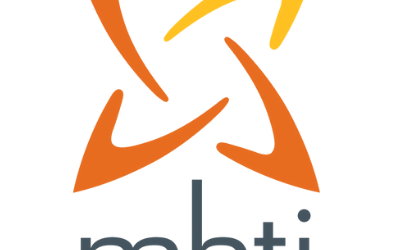The other day while I was grooming my horse, it hit me how important non-verbal communication is. In the words of Keith Whitley, There is so much that is being said “when you say nothing at all”.
There is so much trust, loyalty, vulnerability, and even communication through our actions.
When I’m grooming Buck, I’m conveying that I love him, that I care for him, that I trust that I can get close and he won’t hurt me. When he allows me to groom him, he conveys that he trusts me, that he respects that I’m a safe place for him to be vulnerable. That he can let his guard down and let me in.
The same is true in our interactions at work and at home.
Your assignment this week: think about the people in your work world and in your personal world.
Are you conveying to them that you trust and respect them?
Are you a safe place for them to be vulnerable and transparent?
Are you setting clear yet kind boundaries?
Ask these questions about each individual in your world.
Is it easier with some than with others?
What is the difference?
Why is this so?
Which ones deserve such trust?
Are you setting good boundaries with those that don’t?
Are you allowing room for that to change if they are making the healthy changes?
Is there something you can do to create more trust?
What have you discovered from this deep dive?
What will you start now that you have this new insight?
What will you stop?
What will you continue to do?
 Michele Burch Reid, MS
Michele Burch Reid, MS
Principal, Legacy Consulting Institute
Organizational & Personal Effectiveness Consulting
More From Michele
Extraverted Sensing (SE)
Extraverted Sensing (SE) ESTP - ESFP"What IS" The function when we are focusing our attention on the real and present world, using our 5 senses. For example:Listening to a dog bark. When our brain focuses on the sound of the dog barking, it is exercising...
Eight Cognitive Functions of the MBTI
The 16 MBTI types can be simplified into 8 Cognitive Functions Important to remember: Everyone uses all 8 functions Our type determines our ability to use each function 2 will serve as our strengths 2 will serve as our weakness or blind spots The remaining 4 are our...
Tips For The “C” Style Interaction, The DiSC Personality Type Assessment
How the high "C" works with . . . High "D" During stressful times and conflict the High "C" might: View the High "D” as argumentative, dictatorial, arrogant, domineering, nervous, pushy & impetuous Become defensive Tension: High “C” focuses on detail; High...







